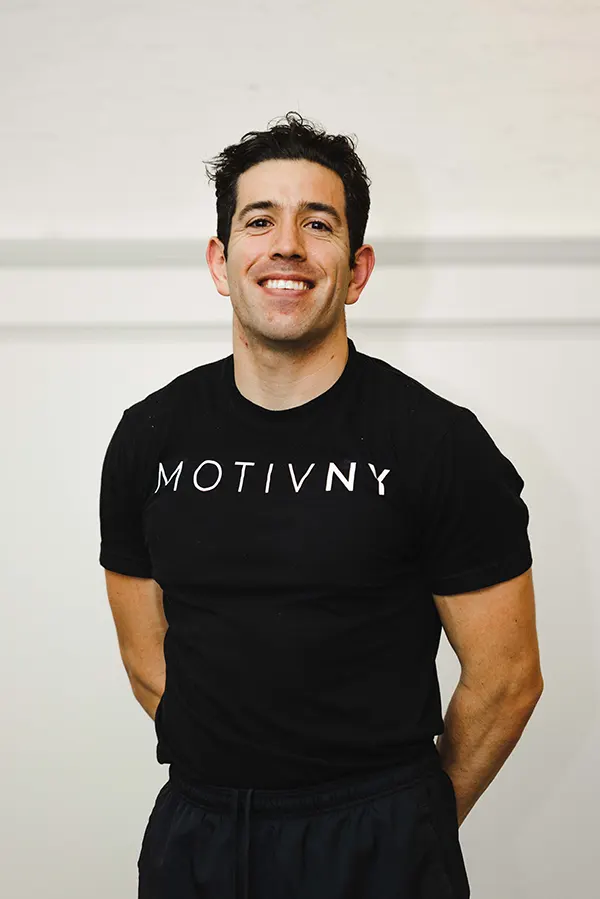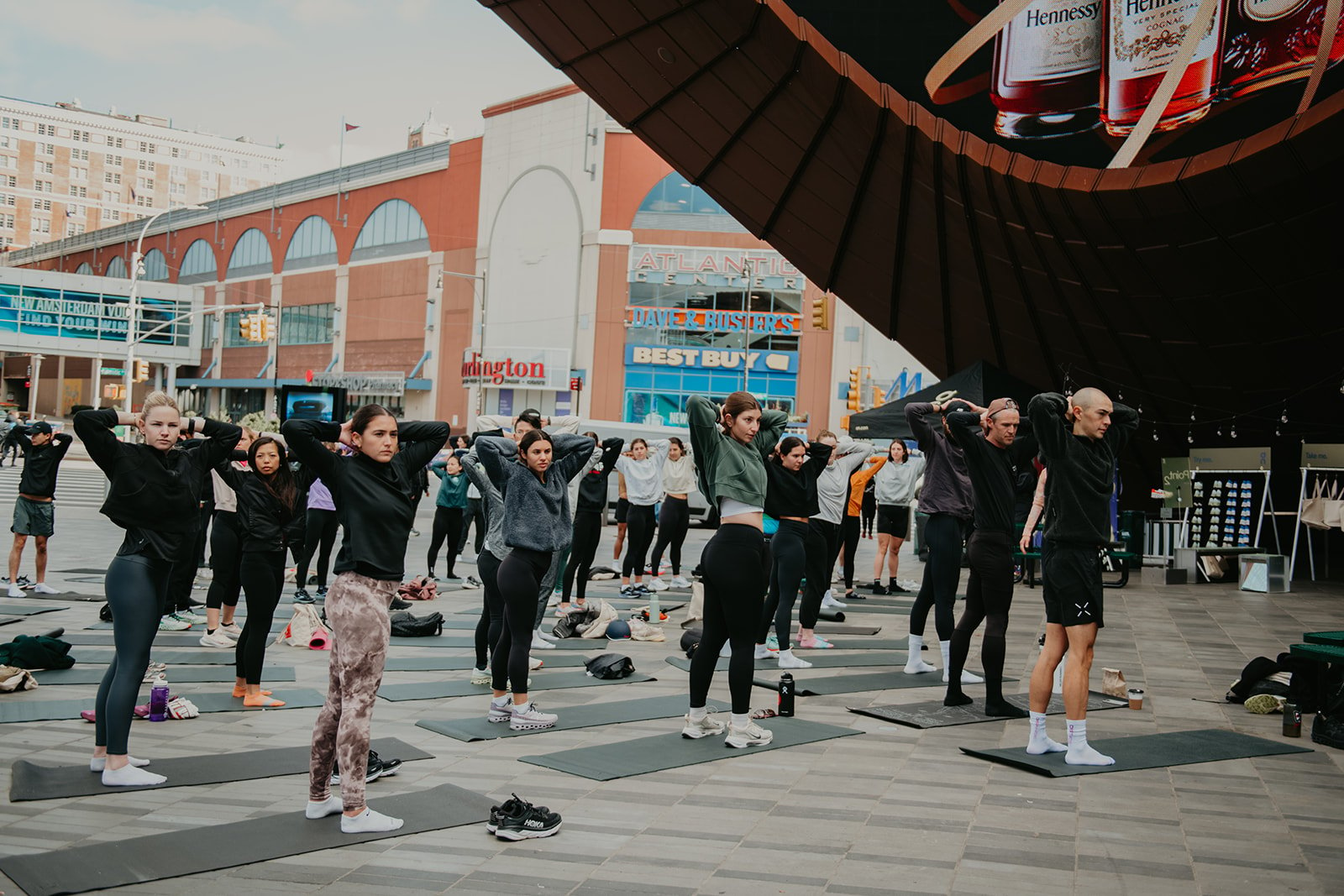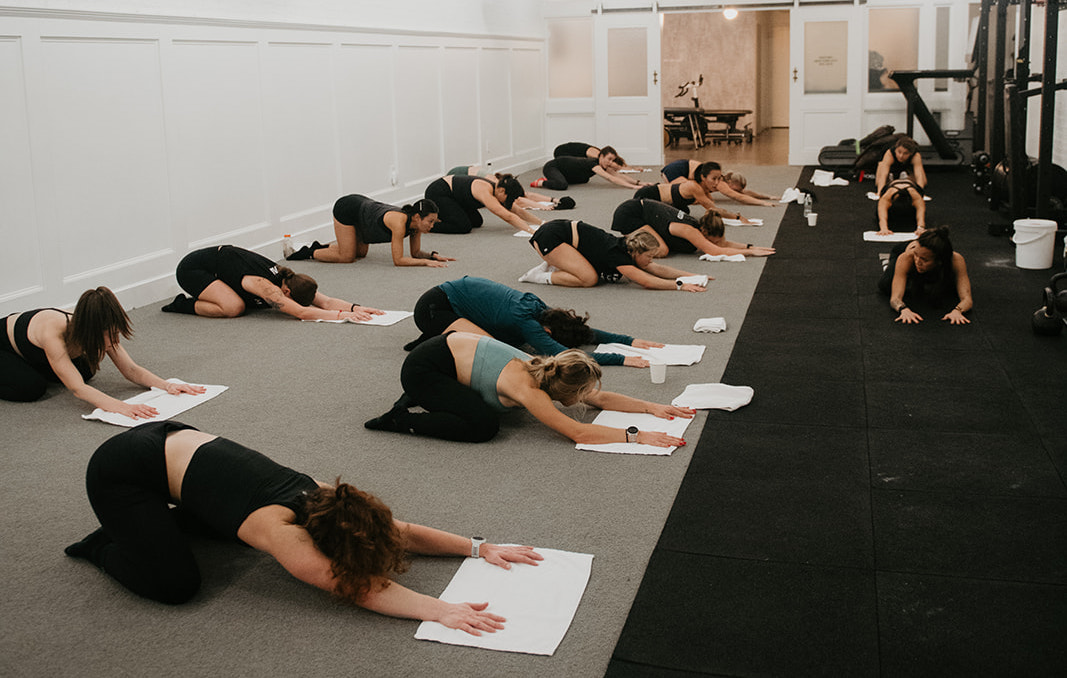TESTING YOUR GRIP STRENGTH: THE ONE ARM SUITCASE CARRY
August 28, 2023
Testing your suitcase carry can help you understand how well your body tolerates load in motion. This time-based protocol can be added to any strength and conditioning programming to improve your lifts and promote longevity. Adding more carries to your training prepares you for the inevitable grocery run while also increasing your life expectancy making this a very helpful benchmark test. Look below to understand the protocol, your unique starting weight, and how your body adapts to this training.
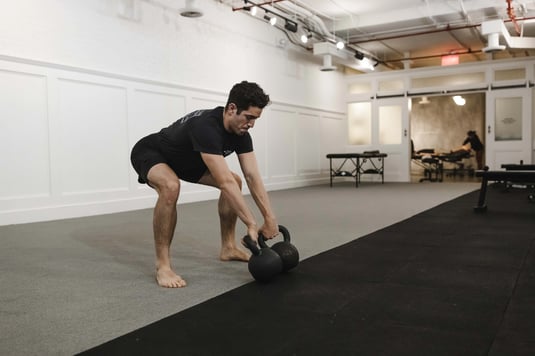
START HERE:
3-MINUTE SUITCASE CARRY TEST
Clients are encouraged to start with at least 1/3 of their body weight in a single-arm carry. True ownership of the weight is demonstrated by sustaining a three-minute unbroken walk. Do not rest the weight on the floor or adjust your grip. Keep your body moving.
START HERE:
If you’re an experienced lifter, start with a weight that you can hold bottoms up for about 30 seconds.
If you’re new to this, start on the lower end of the given weight range below:
|
YOUR WEIGHT |
STARTING WEIGHT |
|
100-135lb |
14kg-18kg (30-40lb) |
|
135-165lb |
18kg-24kg (40-50lb) |
|
+165lb |
24kg+ (50lb+) |
WHY?
GRIP: A strong hand sets the foundation for a strong shoulder. Training your grip brings more resilience to your basic lifts and must be trained if it's a limiting factor in a deadlift or hanging exercise like pull-ups or chin-ups.
CORE: Since this exercise is loaded only on one side, you're challenging your obliques (core muscles that are responsible for twisting and crossing) by resisting rotation or lateral flexion (bending to the side) as you walk forward. The transverse abdominis (a very deep layer of your core that is shaped like a corset) is also being trained and challenged in motion which attaches to the pelvis.
SHOULDERS: Load your shoulders in a neutral position to help you target the rotator cuff in a way where you're scapula isn't too far forward or retracted behind you. Building more time under tension can render stronger shoulders which has a strong influence on your posture.
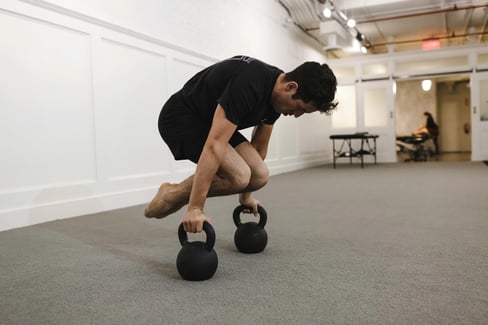
It's all about preparedness. Adequate training gives you the freedom to tolerate stress in various environments. You can adapt this for the outdoors for a specific sport/activity or keep this in the weight room to improve your technique.
If you need help refining goals, schedule a consult call with one of our coaches to get you moving in the right direction.

